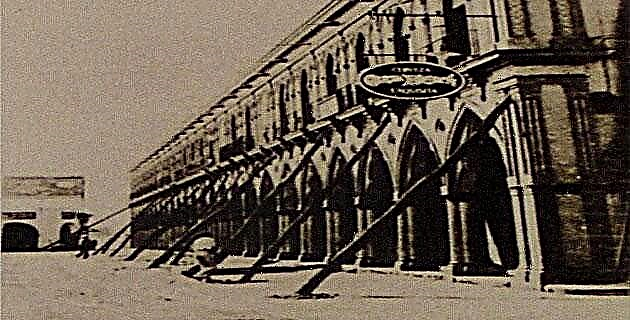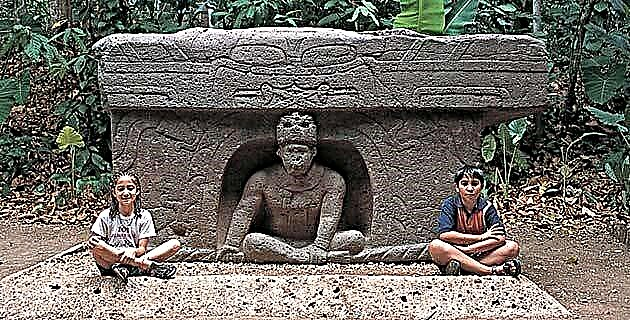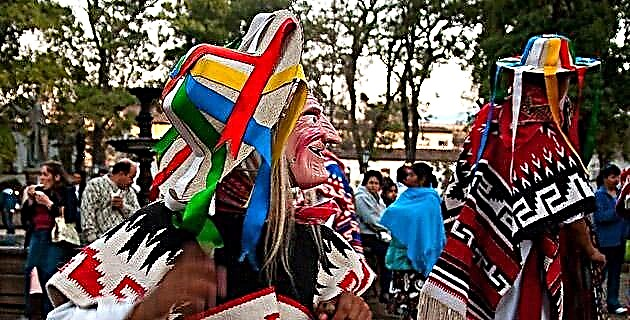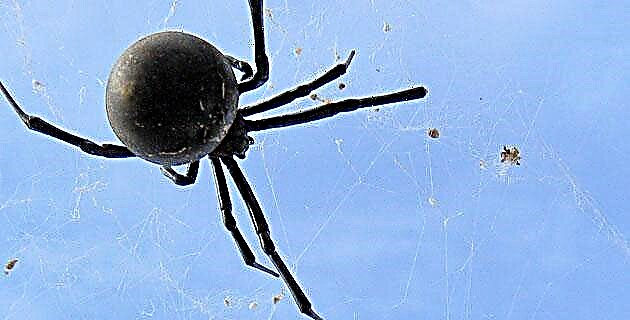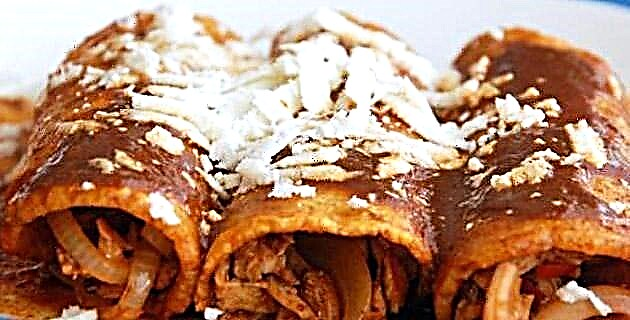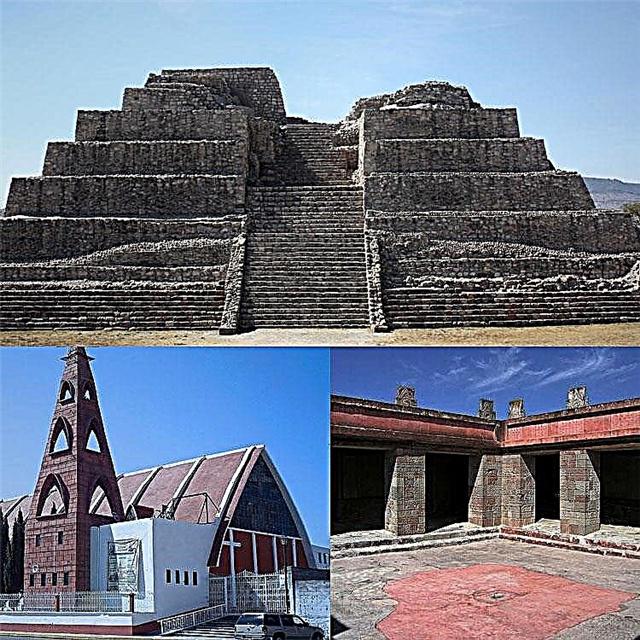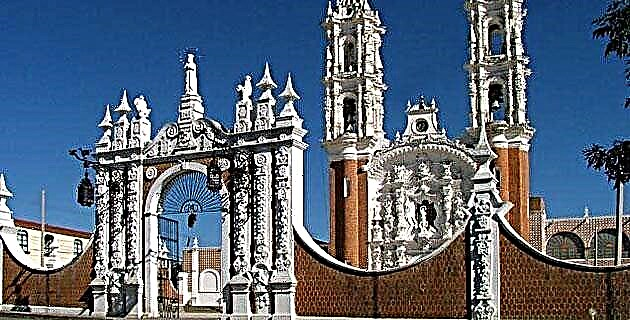
Barely ten years after the appearance of the Virgin of Guadalupe to the indigenous Juan Diego of Mexica origin, another Juan Diego of their enemy town: Tlaxcala appears again.
Barely ten years after the appearance of the Virgin of Guadalupe to the indigenous Juan Diego of Mexica origin, another Juan Diego of their enemy town: Tlaxcala appears again.
The apparition took place in Ocotlán. At dusk on a day close to the spring of 1541, Juan Diego Bernardino was going through a forest in Ocotes (which means Ocotlán), when the Virgin appeared to him and asked him where he was going. The seer answers that he brings water for his sick people who die without remedy due to the terrible epidemic, and the Virgin replies: “Come after me, I will give you another water with which the contagion would be extinguished, and heal not only your relatives but also how many drink from it… ”The indigenous person filled his jug from a previously non-existent spring and went to Xiloxostla, his hometown. Earlier, the heavenly lady ordered him to communicate what happened to the Franciscans, indicating that he would find an image of her inside an ocote that should be transferred to the San Lorenzo temple.
At dusk the friars with the superior at the head and saw the forest on fire, but with flames that did not consume. There was a large tree that radiated special light, they pointed it out and the next day seeing that it was hollow, they hacked it open, finding inside the sculpture of the Virgin Mary that today is on the main altar.
The virgin who changes color
Legend has it that the jealous sacristan, when all had already left, returned to the patron Saint Lawrence to his place, putting the new image in the vacant place and that the angels on three occasions restored the Virgin to the place of honor.
The figure of Our Lady of Ocotlán is a good stewed carving with a vertical position on the axis, where a slight movement of cloths is barely hinted at. The hands together between open are in a very low position and the head is completely straight. It is bejeweled with a base, a moon and a large star, like a silver mandorla. His crown is gold.
There is a version that the Virgin's face changes color between red and pale, depending on the stages of the Christian calendar or the events that society experiences, there are even testimonies of those who have seen her sweat.
Father Juan de Escobar began the construction of the new sanctuary in 1687 replacing that of San Lorenzo, which was made, perhaps by order of Motolinia, to replace it with the existing "cu" or teocalli; The one who most participated in the completion of the work and in the covering of altarpieces and dressing room was Manuel Loayzaga (1716-1758). It is said that he had no other clothes than what he was wearing, since he invested everything in the Sanctuary. The façade was due to the chaplain José Meléndez (1767-1784).
The temple of Our Lady of Ocatlán is, without a doubt, one of the greatest achievements of the baroque estípite or Churrigueresque in Mexico. It achieves, like Santa Prisca, a sense of escape by visually narrowing the basement of the towers. It is only a visual effect that the architect achieves with the introduction of a half-round on the base that divides the space in three, and the pronouncement of warped cornices, as well as the attachment of a pilaster and two columns per corner in the bodies of the towers.
The façade is the richest composition achieved in the Puebla-Tlaxcala construction of brick and mortar. It is composed as an impressive niche altarpiece, under a conchiform production. In two bodies hover the seven archangels flanking the Immaculate Conception, which stands on a Saint Francis of Assisi with the three globes, symbol of her orders.
The central sculptural group has as a screen the starry window of the choir that contributes to the ethereal effect. The doctors of the church endorse the doctrine of the faith in large medallions. The apostles were occupying the buckets. Blacksmithing is another considerable element in Ocotlán, achieving a real fantasy embracing.
The interior takes us to the flare referred to by the appearance of the Virgin in a forest on fire. This atmosphere is achieved in the chiaroscuro produced by the gold of the altarpieces and the lighting. The whole church is a golden ember. There is no empty space.
There is no place for the mind to rest; altarpieces, walls and ceilings sing the hymn of faith and love that continues in the dressing room.
The iconography is overturned in carvings and canvases speaking of a thousand sermons condensed in this formal theology. The large embossed silver predella and lamps feel normal to the wealth of this tabernacle. The carved wooden furniture is a museum piece of the highest order. The ante-church preserves the pictorial testimony of the apparition. With a popular hand, the various passages of the miraculous event of the Virgin of Ocotlán are narrated in a series of canvases.

